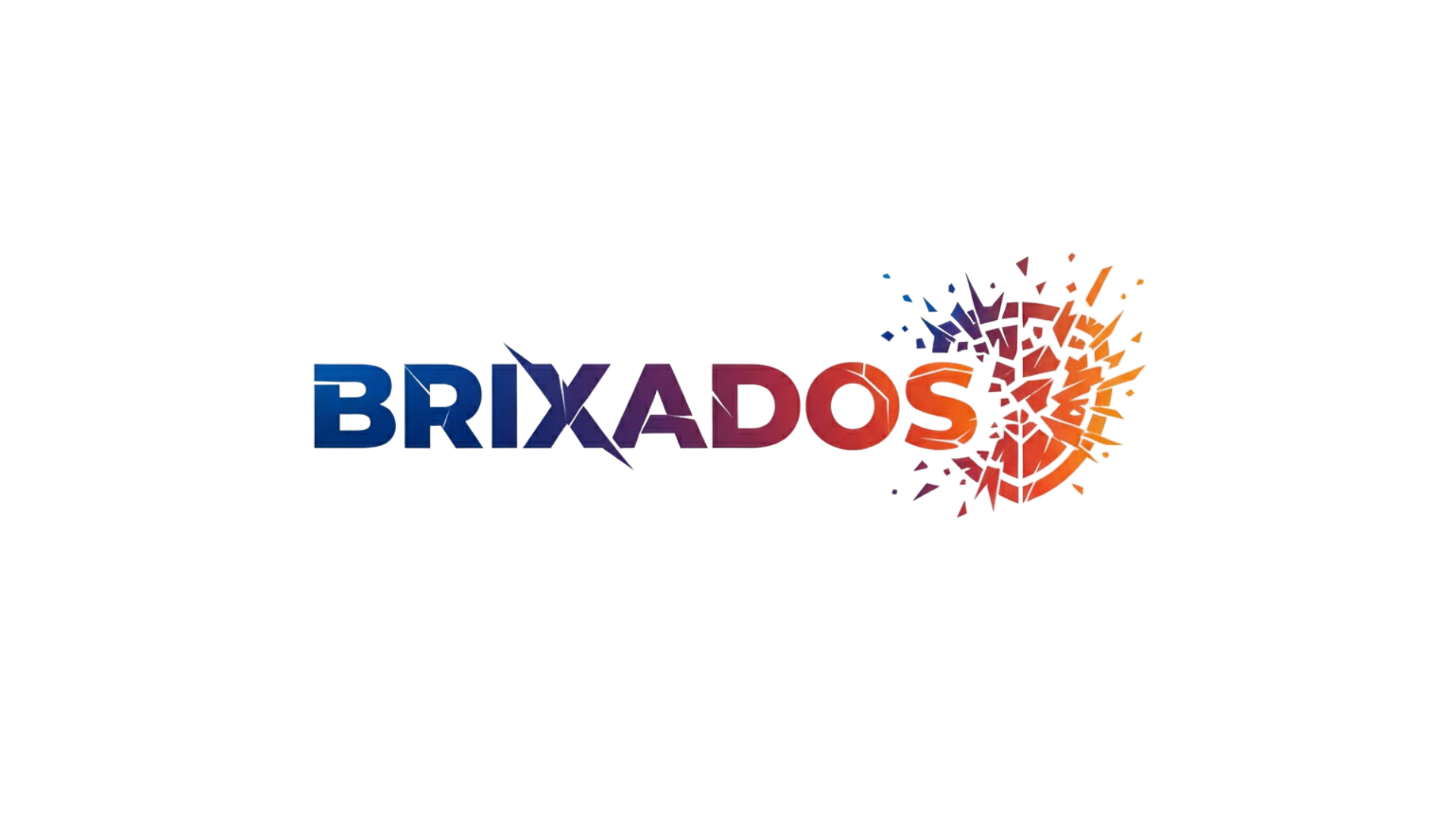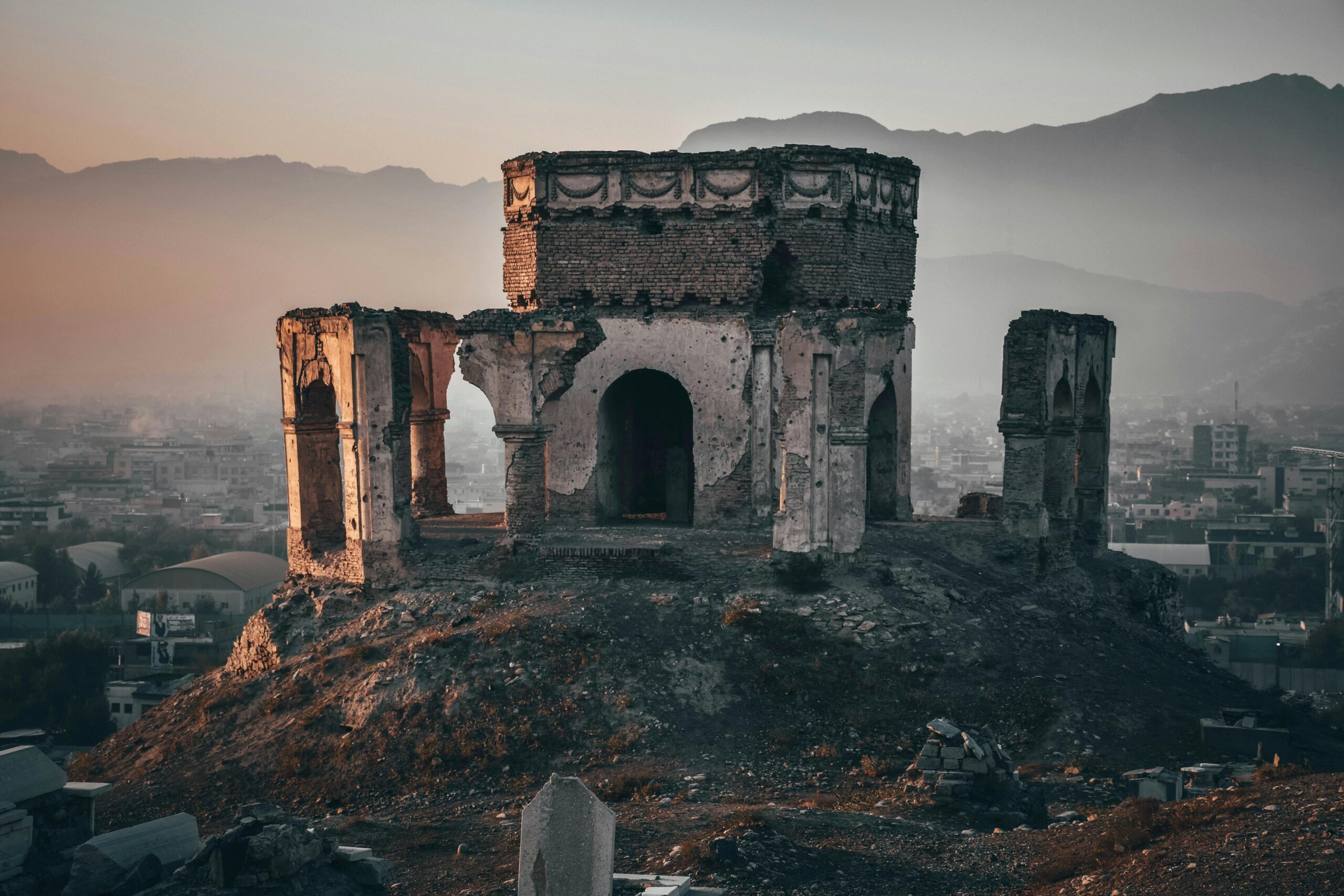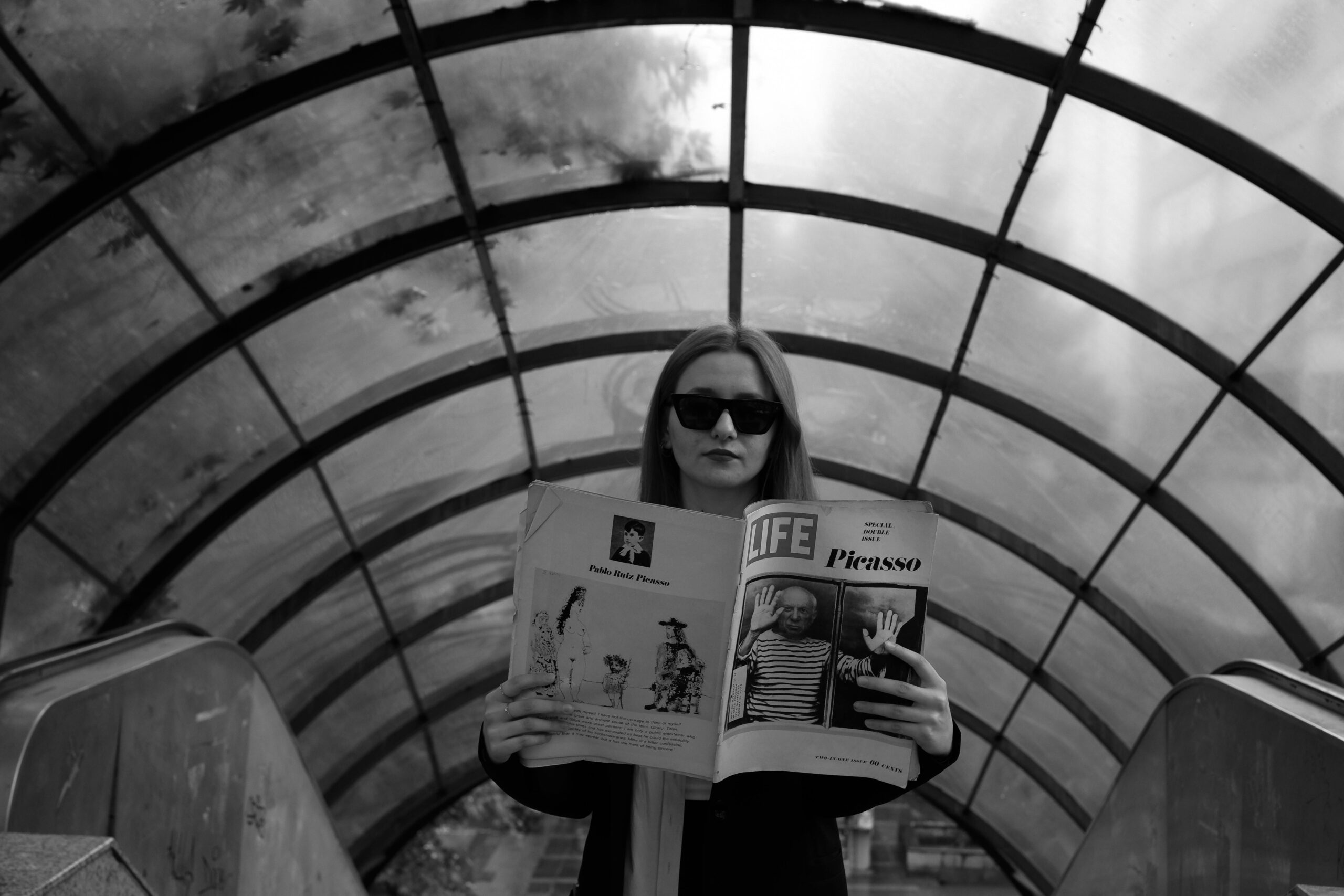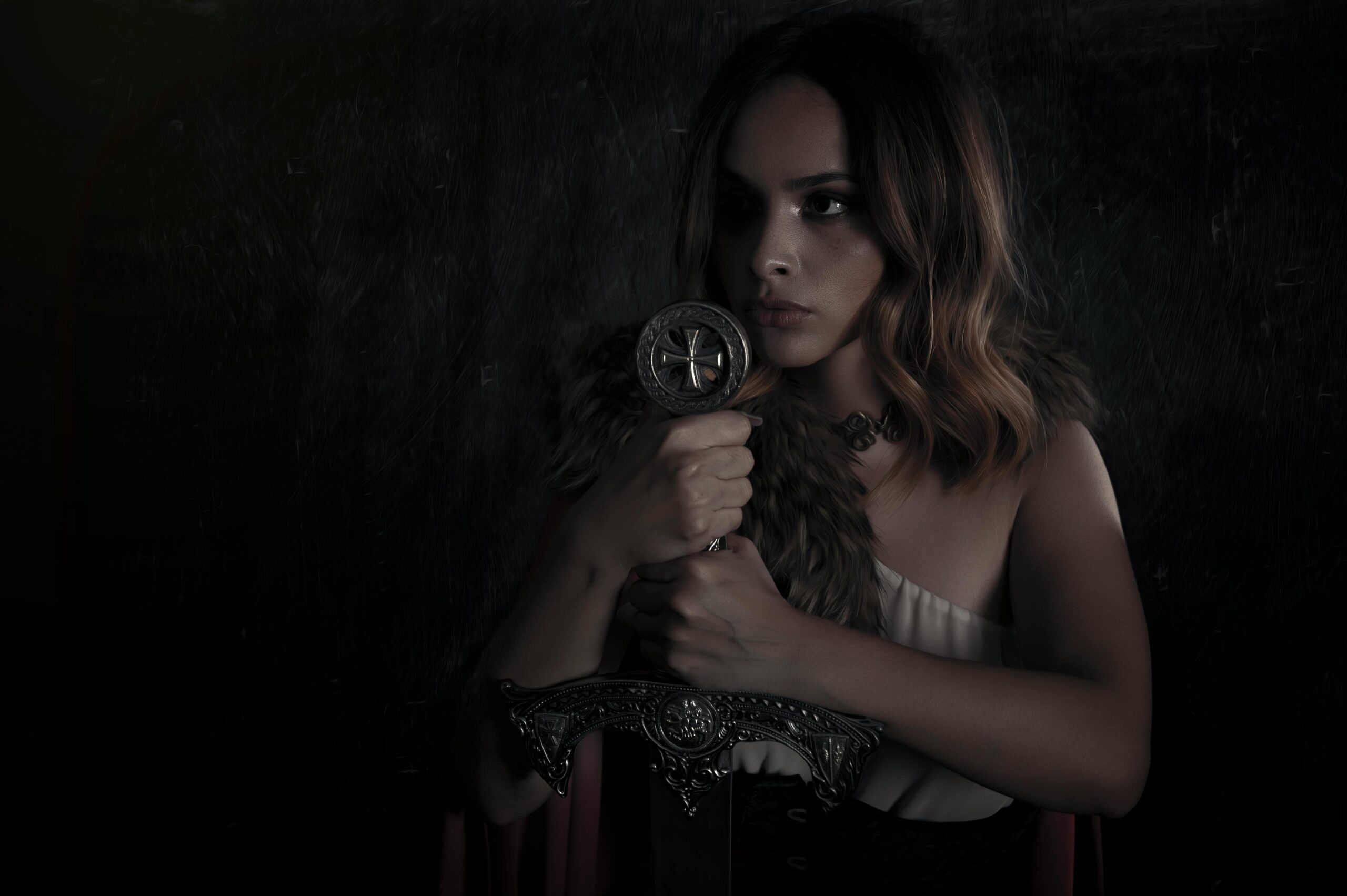Throughout human history, myths from countless cultures have explored the terrifying and transformative journey into the underworld, revealing universal truths about death, rebirth, and the human condition.
🌑 The Universal Call to Darkness: Why Heroes Descend
The descent into the underworld represents one of mythology’s most compelling and recurring narratives. This archetypal journey appears across civilizations separated by vast distances and millennia, suggesting something fundamental about human psychology and our relationship with mortality. From the ancient Sumerians to the Greeks, from Norse traditions to Mesoamerican cultures, the underworld journey serves as a crucible where heroes are tested, transformed, and ultimately emerge with profound wisdom.
These mythological descents weren’t simply tales of adventure. They represented psychological journeys into the depths of human consciousness, confronting fears, losses, and the ultimate mystery of what lies beyond death. The underworld in mythology functions as both a literal place and a metaphorical space where transformation occurs through confrontation with darkness.
Understanding these ancient narratives offers modern readers insights into how our ancestors processed grief, mortality, and the cyclical nature of existence. The patterns found in underworld journeys reveal timeless truths about resilience, sacrifice, and the price of forbidden knowledge.
⚡ Greek Mythology: The Most Famous Descents into Hades
Greek mythology provides some of the most detailed and influential underworld narratives in Western literature. The Greeks called their underworld Hades, named after its ruling god, and portrayed it as a shadowy realm where souls existed as mere shades of their former selves.
Orpheus and Eurydice: Love’s Desperate Gamble
Perhaps no underworld journey resonates more powerfully than Orpheus’s descent to retrieve his beloved Eurydice. The legendary musician, whose songs could charm stones and tame wild beasts, descended into Hades after his wife died from a serpent’s bite. His music moved even the cold hearts of Hades and Persephone, who agreed to release Eurydice on one condition: Orpheus must not look back at her until they reached the surface.
The tragic failure of this mission—Orpheus’s inability to resist looking back at the last moment—speaks to human weakness and the impossibility of reversing death. This myth has inspired countless artistic works and represents the ultimate meditation on love, loss, and the boundaries between life and death.
Heracles and the Twelfth Labor
The hero Heracles (Hercules in Roman mythology) descended into the underworld for his final and most dangerous labor: capturing Cerberus, the three-headed dog guarding Hades’ gates. Unlike Orpheus, Heracles approached the underworld with characteristic force and courage, ultimately wrestling Cerberus into submission with his bare hands.
This descent demonstrated that even the greatest hero must eventually confront death itself. Heracles’ success in returning from the underworld alive symbolized his semi-divine nature and foreshadowed his eventual apotheosis. During his journey, he also freed Theseus, who had been trapped in the underworld, and encountered various shades of fallen heroes.
Persephone’s Abduction: The Seasonal Journey
While technically an abduction rather than a voluntary descent, Persephone’s story represents a cyclical underworld journey that explains the changing seasons. Hades’ capture of the maiden goddess and her mother Demeter’s grief created winter, while Persephone’s annual return brought spring.
This myth differs from others because Persephone eventually becomes queen of the underworld, representing transformation and adaptation rather than simple return. Her story speaks to the inevitability of change and the bittersweet nature of maturation.
🏺 Mesopotamian Depths: Inanna’s Descent
One of humanity’s oldest recorded underworld journeys comes from ancient Sumer: the descent of Inanna, goddess of love and war, into the underworld ruled by her sister Ereshkigal. This epic poem, dating to approximately 1900-1600 BCE, presents a sophisticated theological and psychological narrative.
Inanna descended through seven gates, removing a piece of her regalia at each threshold until she arrived naked and powerless before her sister. Ereshkigal killed Inanna and hung her corpse on a hook for three days and nights. Only through the intervention of helpful servants created by Enki was Inanna eventually resurrected.
However, the resurrection came with a price: Inanna could only return if she provided a substitute. When her husband Dumuzi showed insufficient grief at her death, she designated him as her replacement, though eventually a compromise was reached where Dumuzi and his sister would alternate six-month periods in the underworld.
This ancient myth explores themes of pride, power, death, and resurrection that would echo through subsequent mythologies. The stripping away of Inanna’s divine attributes represents ego death and the equalization that death brings to all beings.
🌾 The Egyptian Duat: Nightly Journeys of the Sun
Egyptian mythology presented a complex underworld called the Duat, which the sun god Ra traversed each night in his solar barque. Unlike Greek Hades, the Duat was not primarily a destination for heroes but rather a dangerous realm that every soul—and the sun itself—had to navigate.
The journey through the Duat involved passing through twelve gates or regions corresponding to the twelve hours of night. Deceased souls faced judgment in the Hall of Ma’at, where their hearts were weighed against the feather of truth. Those whose hearts were heavy with sin were devoured by Ammit, a chimeric demon, while the righteous proceeded to the Field of Reeds, a paradise resembling the earthly Nile valley.
Egyptian funerary texts like the Book of the Dead served as guidebooks for this journey, containing spells and instructions to help the deceased navigate dangers and answer challenges correctly. This practical approach to the afterlife reflects Egyptian culture’s sophisticated theological development and their emphasis on proper preparation for death.
⚔️ Norse Mythology: Journeys to Hel and Beyond
Norse mythology featured multiple afterlife destinations, with the underworld realm of Hel (ruled by the goddess Hel) reserved for those who died of sickness or old age rather than in battle. The most famous Norse underworld journey involves the god Hermóðr’s attempt to rescue Baldr.
When the beloved god Baldr was killed through Loki’s trickery, Hermóðr rode Odin’s eight-legged horse Sleipnir to Hel’s realm to negotiate his return. Hel agreed to release Baldr if all things in the world would weep for him. While nearly everything mourned, one giantess (possibly Loki in disguise) refused, and Baldr remained in the underworld until Ragnarök.
This myth reflects Norse fatalism and the idea that even gods cannot escape their destined fates. The underworld journey, despite the hero’s courage and determination, ends in failure—a characteristic Norse perspective on mortality and cosmic order.
🎭 Psychological Dimensions: What Underworld Journeys Reveal
Modern psychological interpretation, particularly through Jungian analysis, views underworld journeys as representations of the individuation process—the integration of the shadow self and confrontation with the unconscious mind. The hero’s descent mirrors the therapeutic process of exploring repressed memories, fears, and aspects of personality that have been buried.
The common elements found across cultures suggest universal psychological patterns:
- The threshold guardians: Representing resistance to change and the fear of exploring unknown aspects of self
- Stripping away of power/identity: Ego death necessary for transformation
- Confrontation with death: Accepting mortality and impermanence
- The guide or helper: Representing wisdom, intuition, or therapeutic support
- The return journey: Integration of lessons learned and rebirth into ordinary life
- The price or sacrifice: Recognition that transformation requires giving something up
These patterns appear remarkably consistent across mythologies, suggesting they emerge from shared human experiences rather than cultural transmission. The underworld journey serves as a metaphor for any transformative life experience—grief, trauma, addiction recovery, or major life transitions.
🌍 Cross-Cultural Patterns and Variations
While underworld journeys share common elements, cultural variations reveal different values and worldviews. Comparing these differences illuminates how societies conceived of death, the afterlife, and proper human conduct.
| Culture | Underworld Name | Key Characteristics | Primary Theme |
|---|---|---|---|
| Greek | Hades | Shadowy realm, river crossings, judgment | Finality of death, heroic exception |
| Mesopotamian | Kur/Irkalla | Land of no return, dust and darkness | Death as great equalizer |
| Egyptian | Duat | Journey through night, moral judgment | Preparation and righteousness |
| Norse | Hel | Cold, misty realm for non-warriors | Fate and honor |
| Aztec | Mictlan | Nine-level journey lasting four years | Ordeal and perseverance |
These variations reflect climate, geography, social structures, and philosophical orientations. Mediterranean cultures often featured river crossings (reflecting their geographic reality), while Norse mythology emphasized cold and mist (matching their northern environment). Cultures with strong moral codes emphasized judgment, while warrior societies celebrated battlefield death over peaceful passing.
📚 Literary Influence: From Virgil to Dante and Beyond
Mythological underworld journeys profoundly influenced later literature. Virgil’s Aeneid (29-19 BCE) featured Aeneas descending into the underworld with the Sibyl as his guide, encountering his father Anchises who revealed Rome’s glorious future. This literary descent established conventions that would persist for millennia.
Dante’s Divine Comedy (early 14th century) represents perhaps the most famous literary underworld journey, synthesizing Classical mythology with Christian theology. Dante’s elaborately structured Hell, Purgatory, and Paradise, explored with Virgil and Beatrice as guides, created an enduring vision of the afterlife that continues to influence Western imagination.
Modern literature continues this tradition with works like Philip Pullman’s “His Dark Materials,” where Lyra’s journey to the land of the dead echoes ancient patterns while questioning religious authority. Neil Gaiman’s “American Gods” and “The Sandman” reimagine underworld mythology for contemporary audiences, demonstrating the continued relevance of these ancient narratives.
🎨 Artistic Representations Through the Ages
Artists have depicted underworld journeys for thousands of years, from ancient vase paintings to Renaissance masterpieces to contemporary digital art. Greek pottery frequently illustrated Heracles’ capture of Cerberus and Orpheus’s backward glance. Medieval and Renaissance artists favored scenes of Christ’s harrowing of Hell and various saints’ visions of the afterlife.
Hieronymus Bosch’s nightmarish visions, William Blake’s illustrations of Dante, and Gustave Doré’s engravings all contributed to our visual vocabulary for the underworld. These artistic representations both reflected and shaped cultural attitudes toward death, judgment, and the afterlife.
Contemporary artists continue exploring these themes, often subverting traditional imagery to comment on modern anxieties about mortality, environmental destruction, or social collapse. The underworld remains a powerful symbolic space for artistic expression.
🔮 Shamanic Traditions: Living Journeys to the Spirit World
Beyond mythology, shamanic traditions worldwide practice ritual underworld journeys as living experiences rather than tales about heroes. Siberian, Native American, South American, and other shamanic cultures train practitioners to enter altered states and journey to spirit realms to retrieve lost souls, gain healing knowledge, or communicate with ancestors.
These practices suggest that mythological underworld journeys may have originated in actual shamanic experiences interpreted through cultural frameworks. The shamanic journey follows similar patterns: preparation, descent through layers of reality, confrontation with spirits or challenges, obtaining knowledge or power, and return to ordinary consciousness.
This connection between mythology and shamanic practice reveals that underworld journeys may represent actual psychological technologies for transformation rather than mere stories. The mythic narrative structure could encode instructions for navigating altered states of consciousness safely and purposefully.
💀 Death and Rebirth: The Transformative Core
At their heart, all underworld journeys explore death and rebirth—not just literal mortality but the deaths and rebirths we experience throughout life. Every major transition involves a death of the old self and birth of something new. Adolescence, marriage, parenthood, career changes, and aging all require releasing previous identities.
The hero who descends into the underworld and returns is never the same person. Orpheus loses Eurydice forever and becomes a tragic figure. Heracles proves his semi-divine status. Inanna gains wisdom about mortality. Persephone transforms from maiden to queen of the dead. These changes represent the irreversible nature of transformative experiences.
Modern rites of passage often lack the symbolic power of these mythological journeys, leaving people without frameworks for processing major life transitions. Reconnecting with these ancient patterns can provide meaning and guidance during difficult passages.
🌟 Living Wisdom: Applying Ancient Journeys to Modern Life
What can contemporary readers learn from these ancient underworld journeys? Several practical insights emerge from studying these myths across cultures. First, transformation requires facing what we fear most—our own mortality, failures, and shadow aspects. Avoiding this confrontation prevents growth and keeps us trapped in immature patterns.
Second, helpers and guides prove essential. No hero descends alone; they need psychopomps, mentors, or allies. This reflects the reality that major life transitions require support, whether from therapists, friends, family, or spiritual communities. Trying to navigate dark times in isolation often leads to becoming lost.
Third, something must be sacrificed or left behind. Orpheus couldn’t retrieve Eurydice. Inanna had to provide a substitute. Persephone ate pomegranate seeds, binding her to the underworld. Growth always costs something—old habits, relationships that no longer serve us, comfortable but limiting identities.
Fourth, the journey changes you irreversibly. There’s no returning to innocence after gaining knowledge. This can feel frightening, but it also means that even our darkest experiences can become sources of wisdom and strength if we integrate them properly.
Finally, the return matters as much as the descent. Heroes must bring back what they’ve learned and apply it to ordinary life. A transformative experience that doesn’t result in changed behavior or increased wisdom represents an incomplete journey. The real test comes in living differently after returning from the depths.
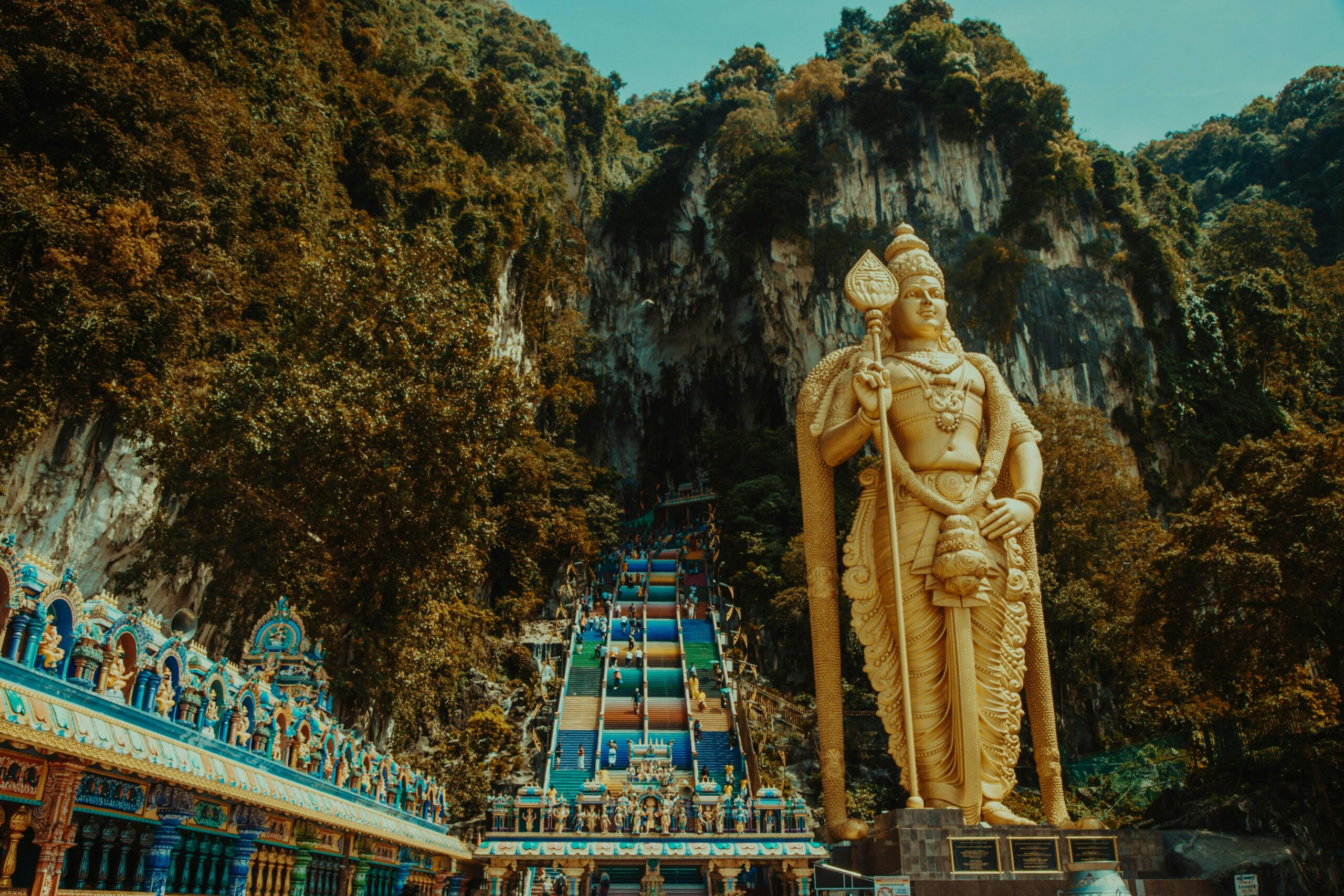
🌊 The Eternal Descent: Why These Stories Endure
Underworld journey myths persist because they address universal human experiences that transcend culture and era. As long as humans face mortality, grief, trauma, and the need for transformation, these stories will remain relevant. They provide maps for navigating life’s darkest passages, assuring us that others have walked this path before and emerged changed but intact.
These myths also offer something increasingly rare in modern life: acknowledgment that darkness, death, and difficulty serve necessary purposes. Contemporary culture often tries to eliminate, avoid, or medicate away challenging experiences. Ancient myths remind us that descending into darkness sometimes represents the only path to genuine growth and wisdom.
As we face collective challenges—environmental crisis, social fragmentation, technological disruption—these ancient patterns may offer guidance for navigating uncertain times. Perhaps our entire civilization needs to undertake an underworld journey, confronting what we’ve ignored or repressed, to emerge transformed and ready for a sustainable future.
The mysteries of underworld journeys ultimately reveal that life and death, darkness and light, loss and gain form an interconnected whole. By exploring these ancient narratives with open minds and hearts, we discover that the descent into darkness isn’t something to fear but a necessary passage toward becoming more fully human. The underworld, in all its terrifying mystery, holds treasures available nowhere else—if we’re brave enough to descend and wise enough to return. 🌙
Toni Santos is a myth-psychology researcher and narrative writer exploring how archetypes, symbols and human story converge to shape mind, culture and meaning. Through his studies on the collective unconscious, comparative mythology and symbolic dream interpretation, Toni examines how the myths we tell reflect the patterns we live — and how awareness of these patterns can spark transformation. Passionate about hero’s journeys, mythic motifs and dream-language, Toni focuses on how story acts as both mirror and map for inner depth and growth. His work highlights the bridges between myth, psyche and culture — guiding readers toward a deeper encounter with themselves and the stories they carry. Blending psychology, mythology and narrative theory, Toni writes about the hidden architecture of meaning — helping readers understand how symbols, stories and dreams shape experience and identity. His work is a tribute to: The power of myth to reveal the unseen structures of psyche The journey from archetype to individual lived story The art of dream-language as a path to wholeness Whether you are a storyteller, psychologist or traveller in the inner landscape, Toni Santos invites you to explore the mythic dimension of mind — one symbol, one myth, one insight at a time.
